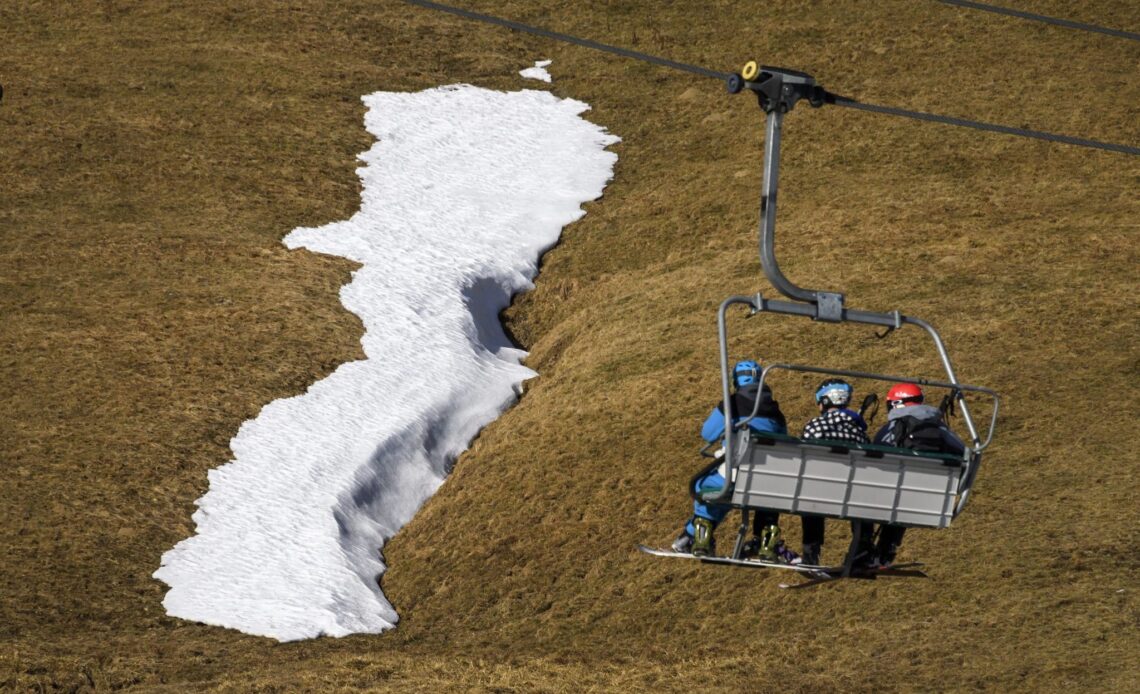Weather matters for almost any business. Ski resorts don’t have much to offer without snow. Heavy rain cuts down on foot traffic for restaurants and retail stores. Heat waves can send power companies scrambling to source energy for their customers’ air conditioning units. Climate change has made many of these risks more pronounced—and on Wall Street, weather risks mean a chance at financial rewards.
2023 was a breakout year for so-called weather derivatives, a niche asset class that allows investors to bet on meteorological conditions including rain, sun, and temperature. After years of slow growth, trading volumes spiked over 250% in 2023, to an estimated $25 billion.
“This is a tool that people can use to manage volatility within their business,” Steve Evans, founder of industry publication Artemis, told Fortune. “Part of that is also the growing focus on climate risk…People just stopped using [these tools] for a while. And I think it’s just come back.”
Weather derivatives are relatively simple financial instruments. Two parties get together and agree on a set of parameters—say, a specific amount of rainfall or a number of consecutive days over a certain temperature. If it rains more or stays hotter than the parameters of the contract, one side gets paid, and vice versa. Exchanges, primarily the Chicago Mercantile Exchange, allow traders to buy and sell the contracts with each other.
Indeed, one of the first players to recognize the power of weather derivatives was Enron, the energy giant that collapsed in 2001. Enron’s business was heavily dependent on the weather—for example, it spent much more on power during heat waves because customers were running air-conditioning units all day. Enron realized that it could hedge against some of those losses by buying weather derivatives that would pay out if the temperature hit a certain level.
“Enron was one of the very first weather desks that effectively found that there was a smart way to hedge temperature variability that was affecting businesses, especially energy businesses,” Evans said.
After a post-2008 collapse in weather derivatives trading volumes, the market roughly flatlined over the past decade before a huge spike last year. Part of the increase was driven by new players: Weather derivatives contracts aren’t just for energy firms and big institutional players. Many smaller businesses are indirectly involved with weather derivatives through…
Click Here to Read the Full Original Article at Fortune | FORTUNE…


